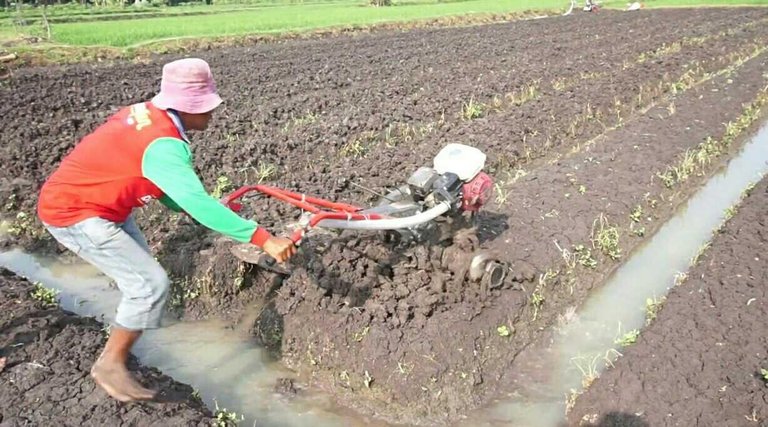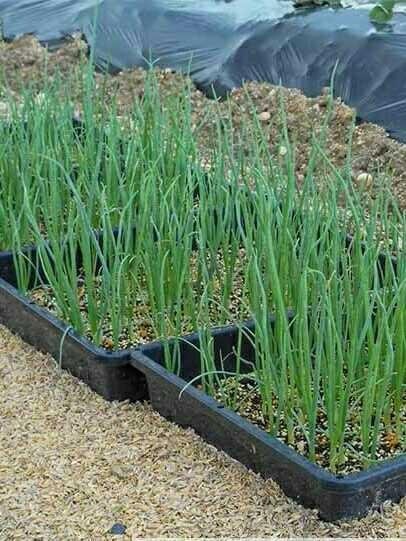Red Onion Cultivation with Precise and Right.
Onion Allium cepa L.is an annual crop that is needed in daily life. The need for red meat is higher because almost all the need for this facility.
In 2013 the price could increase to 70 thousand per kg due to the scarcity of supply due to the reduced number of farmers who grow red meat due to the land in the production centers of onion, such as Brebes, Tegal, Nganjuk, and Cirebon. Narrowing and degradation of nutrients.
Later Indonesia turned things around.
In 2013 the price could increase to 70 thousand per kg due to the scarcity of supply due to the reduced number of farmers who grow red meat due to the land in the production centers of onion, such as Brebes, Tegal, Nganjuk, and Cirebon. Narrowing and degradation of nutrients.
Later Indonesia turned things around.
Based on data from BPS, Indonesia from January to July 2017 Indonesia has provided a number of countries with 657.3 tons. Previously, in 2016 total exports of red meat as much as 735.7 tons and no imports (ZERO
Indonesia's red meat export destinations mostly to Thailand, followed by Vietnam, Taiwan, Malaysia, Singapore, Timor Leste and other countries.
Other regions in Indonesia are actually quite likely to develop red meat, for example on dry land.
So far, more red meat is cultivated in paddy fields and rarely cultivated in dry land / moor. Technically, it can be done well if planted in the lowlands, both on irrigated land and on dry land and even sandy soil can grow well, such as on the beach pandasimo, Yogyakarta.
Thus the red onion has the prospect to be developed in dry land better.
This is what the terms of growth and cultivation techniques of red onion.
Terms Grow
Onions grow in the lowlands up to the plateau about 1000 mdpl The best production in the lowlands with a temperature of 25-32 ° C, with irradiation 75% Soil requirements: loose, fertile and contain lots of organic materials The best type of soil is sandy clay or clay doughH ground 5-5 -6,5Drainage and good aerated soil cultivated
Land preparation.
The first thing to do is to do the cleaning by cutting the grass and weeds. After that the soil should be replaced.

Beds made with a width of 1-1.2 meters and length adjusted to the state of the land. Distance between beds 20-30 cm, with a trench depth of 20-30 cm.
Basic fertilizer which is cow manure 15-20 t ha or chicken manure 5-6 ton ha or compost 2.5-5 ton /ha, artificial fertilizer TSP SP-36 120- 200 kg ha, manure or artificial fertilizer and artificial fertilizer TSP are spread and stirred evenly with the soil one to three days before planting.
Each soil pH is less than 5.6 doses Dolomite lime farm + 1.5 tons ha spread over the bed and mixed evenly with high temperature not higher.

preparation of bulbs seed bulbs seed quality good was being, healthy, hard and skin surface beyond slippery shiny. size bulbs seed optimal is 3-4 grams bulbs. bulbs seed good that have been saved 2-3 months and tubers still in bond bulbs there are still leaves. seed recommended is yellow, Bima brebes, Bangkok, yellow gombong, clone No. 33, clone No. 86 for low-lying. as for the Plains medium and Highlands, tried seed sumenep, Menteng, clone No. 88, clone No. 33, Bangkok 2.
Planting.

Tuber seedlings planted with spacing 20x15 cm or 15x15 cm. Planting hole is made as deep as tubers. Bulbs are put into the ground with a rotating screw.